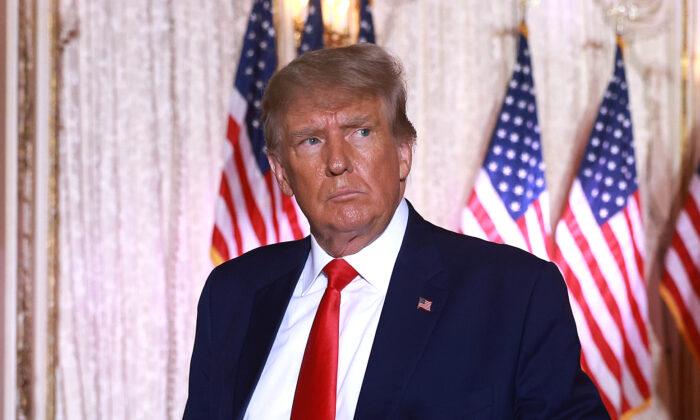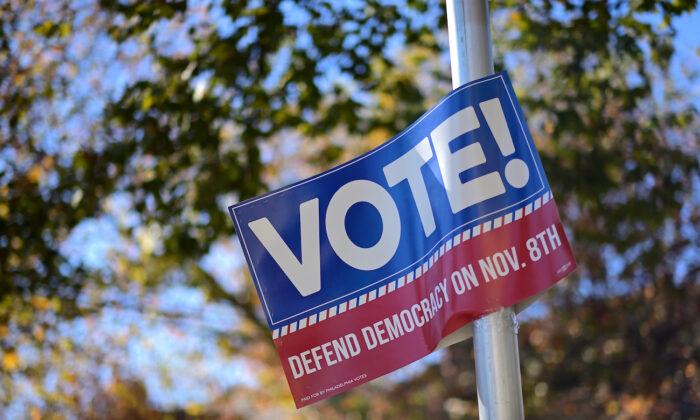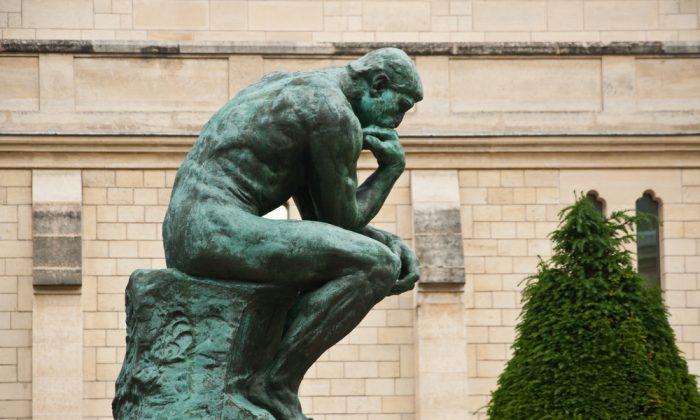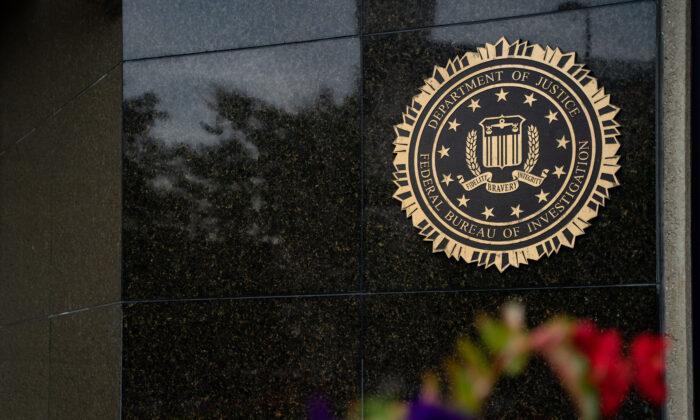You can understand why, when the legality of restrictions on abortion came before the Supreme Court last week in the Mississippi case of Dobbs v. Jackson Women’s Health Organization, the arguments there as well as in the media were all about theoretical matters.
At what age does the fetus become viable—that is, able to live outside the womb? Is the legality of abortion a matter for state lawmakers or federal jurists? Do state laws such as Mississippi’s restricting abortion to the first 15 weeks of pregnancy create an “undue burden” (in the language of Planned Parenthood v. Casey of 1992) on the exercise of the constitutional right to an abortion first discovered by the authors of Roe v. Wade in 1973?
Above all, has legal abortion contributed to women’s political or economic equality with men? It was on the assumption that freely available abortion would contribute to such equality that Roe was decided as it was in the first place.
In other words, those of us who believe that, whatever its effects on women’s equality, abortion is a moral atrocity can have nothing to say that the learned justices in this case need to consider. On the moral question, the court has, perhaps wisely, declined to rule and will continue so to decline.
But the result is the political delegitimization of one debate—I make so bold as to call it the real debate about abortion—and the substitution for it of a series of others which are at best only tangentially related to it and to the moral issue it raises.
You will have observed, no doubt, that the substitute debates—the ones currently before the Court—and especially the last-mentioned one about women’s equality with men, afford the identitarian left a much stronger position than the moral one would, had it been allowed.
The morality of women’s equality with men is something much easier to argue for than the morality of butchering living human beings while they are still in the womb.
Any discussion of the relative value or importance of human life weighed against women’s rights is thus short-circuited, which is one reason why the subject of abortion arouses the passions that it does, on both sides.
By the delegitimization of the question of abortion’s morality, in other words, the left has freed its conscience to ignore what abortion actually is, I mean apart from being the removal of an impediment to the “ability of women to participate equally in the economic and social life of the Nation,” to cite the language of Casey.
That’s why the television cameras outside the court last week turned their lenses away from the grisly photos held up by the pro-life demonstrators there. The pro-choice left and their media allies prefer to remain focused on the theoretical issue of rights while remaining resolutely blind to the visible wrong of abortion’s reality.
Such cultivated ignorance energizes them to proclaim the absolute inviolability of the moral imperative they have chosen to uphold, just as the right does with the inviolability of the moral imperative to preserve life.
Each side thus insists on the impossibility that its chosen principle could be modified or affected in any way by the other’s. There can be no compromise, no moral grey area, no room for an accommodation between those who take one view of moral reality and those who take another—the sort of thing that democratic polities depend upon. There remains a constant if limited state of civil war until such time as, presumably, one principle shall have utterly vanquished the other.
In this sense, abortion is only the original and the most venerable of the issues now dividing us along similar, nonconverging lines. The moral absolutism and intransigency of both sides have set the pattern for what is wrongly called “debate” (it’s much more often mere vulgar abuse) on a host of other issues.
These range from race to crime to immigration to energy policy to education, from the conduct of foreign policy to what to do about the pandemic. In the past few years, the uncrossable battle lines have even been drawn up around what used to be thought of as basic biology and the division of the species into male and female.
Why is this happening?
Anyone would be a fool to pretend to have anything like a full answer to that question, but I think at least part of the explanation must lie with the still-growing reliance of the activists of the left on identity politics.
Their success with abortion, that is, stemmed from the media’s buying into the self-portrayal by abortion advocates as champions of “women”—the quotation marks, in this case, indicating that the word in fact referred only to the women who were demanding abortion rights and not, as their omission was meant to imply, the sex as a whole.
Now, their ideological allies on the left hope for similar successes by pretending to champion blacks or Hispanics or Asians or immigrants in general or homosexuals or transsexuals, always assuming that the most radical elements in each group stand for the group as a whole.
This is how left-wing doctrine routinely gets elevated into a set of absolute and inviolable principles that can never be modified or compromised, since the very life and well-being of the supposedly oppressed group is at stake in each case.
In order to build a coalition of the oppressed, more and more things that were previously nonpolitical and noncontentious have to be dragged into the political arena as potential areas of grievance for those who are being encouraged to see themselves as victims of those supposed to exercise power over them.
It’s also how critical race theory, racial preferences, defunding the police, nonenforcement of the law, open borders, gender fluidity, and a host of other things that are never likely to be submitted to a vote of all the people are meant to become part of the fabric of the country’s existence.
Maybe the justices’ decision in Dobbs will at least put a brake on this seemingly inexorable process. If there were no other reason to wish for a limit to abortion, this would be enough.





